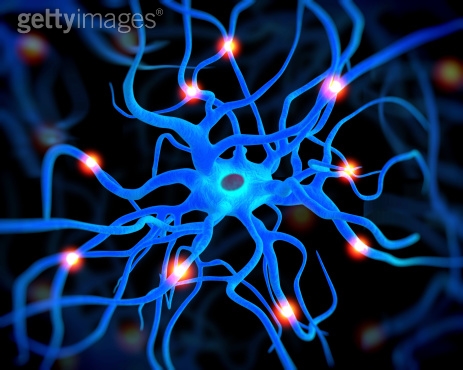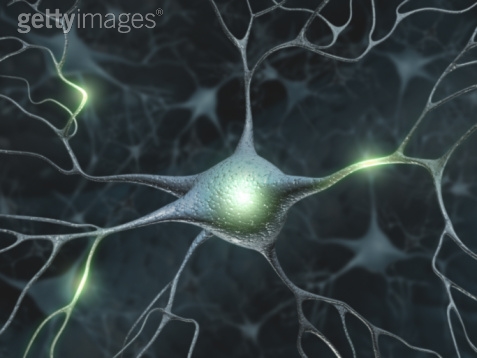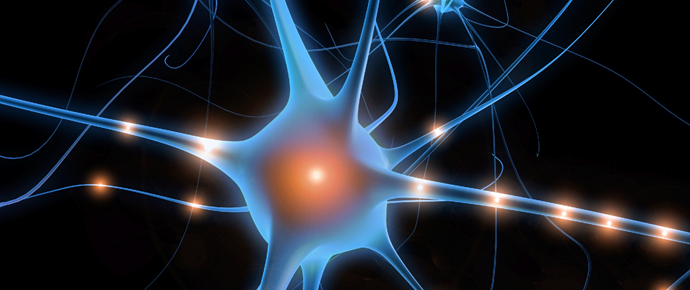The Brain is who we are. Everything we sense, feel, think and perceive - occurs in the brain.
About Neuron (Brain Cell), Synapse, Cerebral Cortex and a part of it called the DorsoLateral Prefrontal Cortex
1
NEURON (the nerve cell, the basic sub-unit of the brain)
The brain is made up of 86 billion neurons, which use energy to process information about perceptions, sensations, emotion & thinking. Neurons come in different shapes and sizes depending on their location and function.
2
The Synapse (the location of connection between two nerve cells)
Just as people connect and communicate, Neurons in the brain connect and communicate at a special structure called the synapse. This is where the ending of one meets the beginning of the other.
At the tip of the neuron, a special structure called Terminal Button has channels which are sensitive to electrical changes. When the neuron fires an action potential (electrical signal), these channels respond by allowing calcium into the cell which causes release of neurotransmitter (chemical signal).
Between the two neurons there is a space called the synaptic cleft. Across this small space, neurotransmitters which have been released then diffuse, bind and result in a small change of electric current on the other neuron. This other neuron (Post synaptic neuron) experiences electrical changes called EPSP (excitatory postsynaptic potential) or IPSP (inhibitory postsynaptic potential). In certain conditions, activity at this critical place is under active, this can result in reduced efficiency of brain function and different symptoms depending on the location of the malfunction.
"The Synapse Revealed", First Prize National Science Foundation Science Visualization Challenge (Graham Johnson 2005) permission pending








